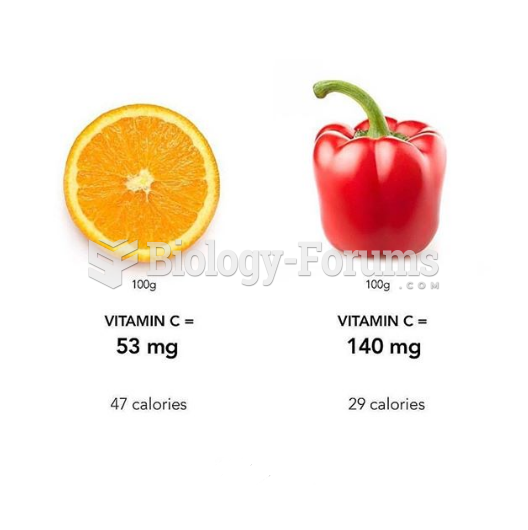|
|
|
Certain chemicals, after ingestion, can be converted by the body into cyanide. Most of these chemicals have been removed from the market, but some old nail polish remover, solvents, and plastics manufacturing solutions can contain these substances.
The first documented use of surgical anesthesia in the United States was in Connecticut in 1844.
Most childhood vaccines are 90–99% effective in preventing disease. Side effects are rarely serious.
It is believed that the Incas used anesthesia. Evidence supports the theory that shamans chewed cocoa leaves and drilled holes into the heads of patients (letting evil spirits escape), spitting into the wounds they made. The mixture of cocaine, saliva, and resin numbed the site enough to allow hours of drilling.
Between 1999 and 2012, American adults with high total cholesterol decreased from 18.3% to 12.9%







